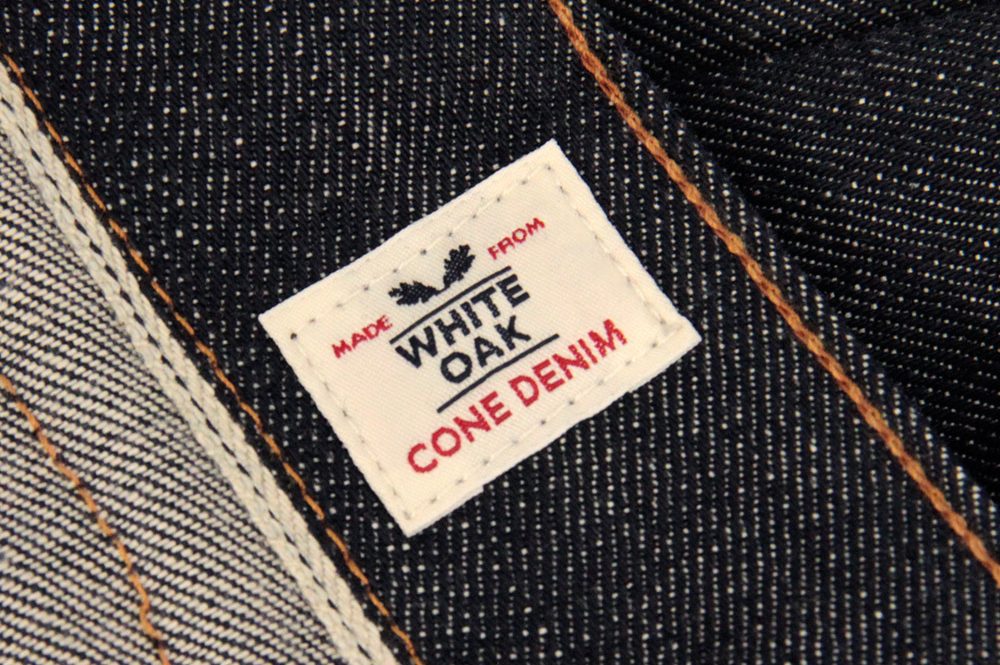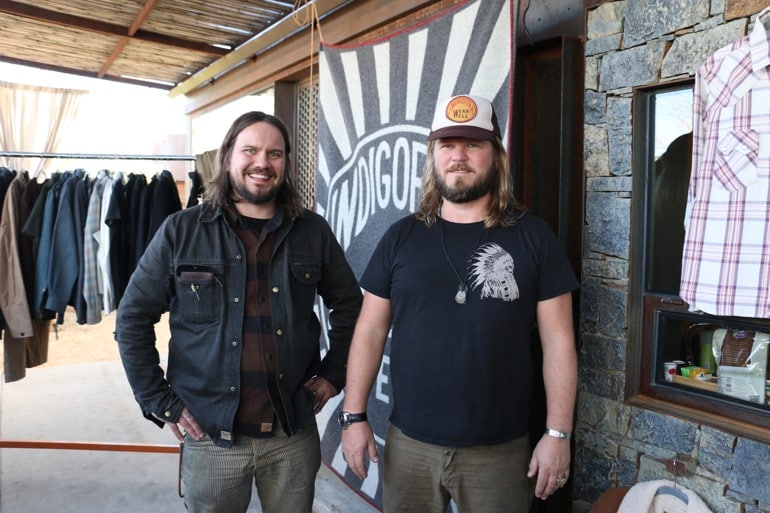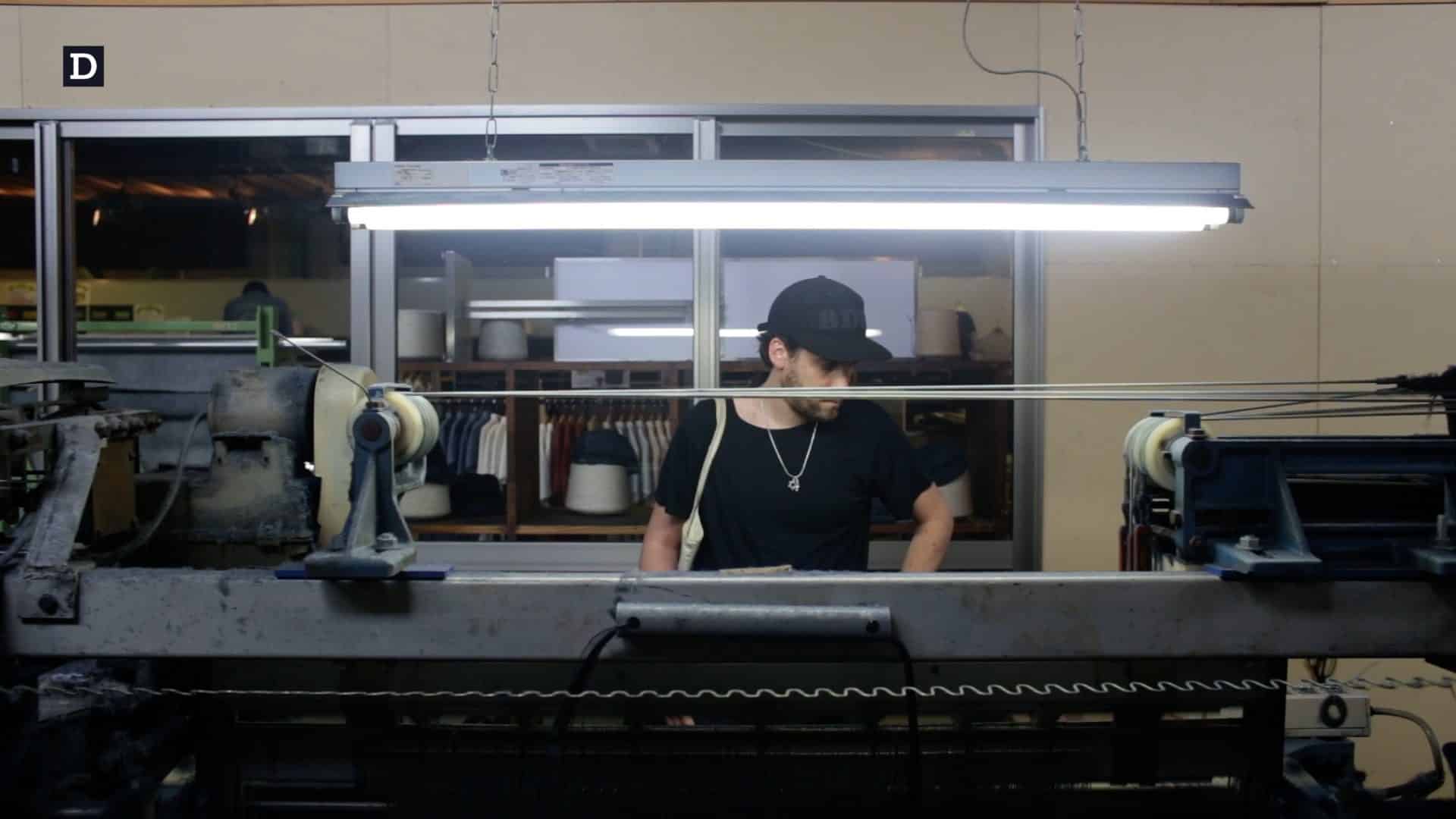Why Core Values Matter and Their Important Role in the Foundations of Blackhorse Lane Ateliers
Nowadays, when we look at the denim world map, we think of two places in particular: the United States and Japan. The former being the birthplace of the blue jean and the latter dutifully carrying the torch of this historic garment. One place we don’t often think of as ‘big’ in terms of denim is London.
It’s strange really, as London has had a long and proud textile history, which sadly died off in the latter half of the 20th Century. While certainly not alone, Blackhorse Lane Ateliers is a relatively new denim brand that looks to rekindle some of that proud history for today’s denim lovers. The brand’s approach to production: unrushed and with an eye for sartorial details, along with a drive for an ethical, creative workplace stands out in the finished product. The result is high-quality jeans that are easy on the eye and the conscience.
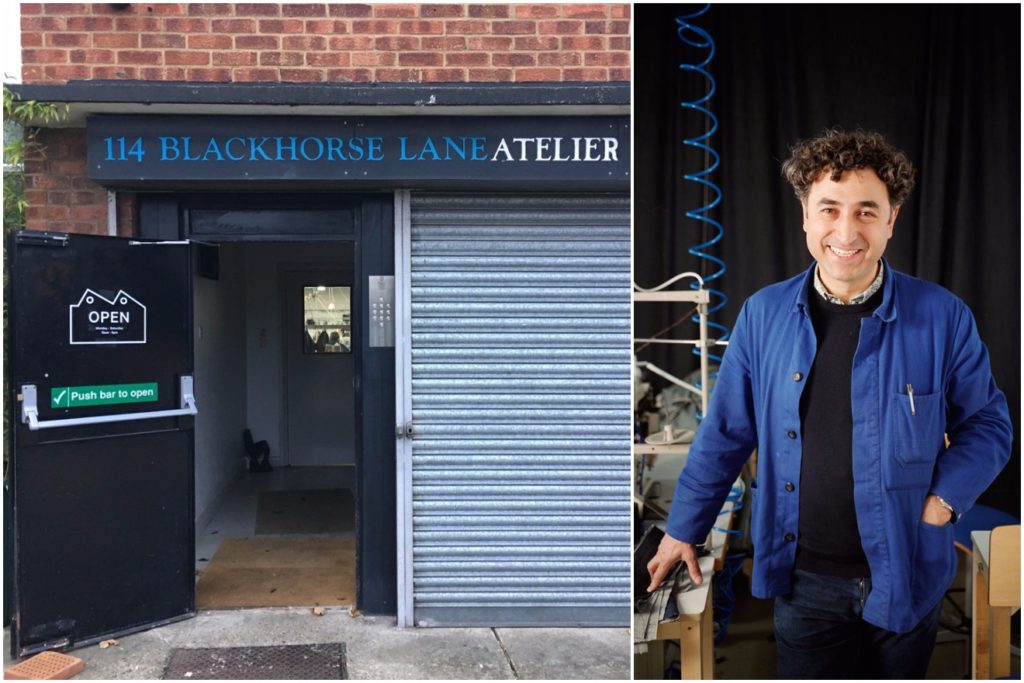
Keep it Local in a Global Market
Blackhorse Lane is fairly new in the denim industry, having been around for less than a year but certainly don’t lack experience when it comes to building quality garments. Han Ates, the driving force and owner behind the brand, has decades of experience as a tailor for high-end fashion labels, and he made his bones running London factories with his family.
London has played a huge role in my life: it’s where I learned my trade and I want to give something back,” states Han.
In fact, as a London-based brand, they want to keep as much of the work within the city as possible. Everything they do, they try to keep in-house. The very warehouse that Blackhorse Lane operates out of was acquired by Han in 1995.
I’ve been in this building for 21 years and we don’t source anything from the outside apart from the fabric we use.”
This includes, most importantly, all of their workforce. Every single pair of Blackhorse Lane jeans is made onsite from this single Walthamstow workshop. With today’s almost insatiable demand for new garments, it’s a pretty bold move for a new company to keep production small.
For Han, it’s a direct and deliberate contrast to his experience working for big retailers, who constantly applied pressure on him to source ever cheaper labour.
I was doing that for about five years,” Han explains, “and was disgusted by industry practices and the state of working conditions in some countries.”
Industry giants would consistently expect a 5-12% reduction in labour costs, year-on-year, which inevitably meant cutting corners on quality and most importantly on working conditions.
After five years, having worked in countries as far as China, Han decided to leave the fashion industry and sold everything, apart from the warehouse Blackhorse Lane occupies today. Determined not to repeat his experiences, Han has put particular emphasis on an ethical culture that runs throughout Blackhorse Lane.
We share this space with 30 different artists and craftsmen; from artists, to leather workers and weavers,” Han tells me.
For Han and his brand, it’s as much about building a community of creativity as it is offering a high-quality garment.
Using Experience as a Foundation For Growth
When Han ultimately returned to the fashion industry, he wanted to leave his mark on a garment famous for its inclusivity.
What’s the most remarkable, amazing garment that never goes out of fashion? A pair of blue jeans.”
One could argue that the denim jean—at least until fairly recently—has little association with ‘high fashion’ Built to last almost a lifetime, jeans haven’t had, for the most part, any significant changes in colour or construction. Rather than fine tailoring, jeans have been, and are still to this day, associated with workwear: it’s part of their charm.
Coming from a tailoring background means that what we’re doing at Blackhorse Lane is putting tailoring touches to our garments,” explains Han.
His goal, when setting up Blackhorse Lane, was not only to bring the garment industry back to London but also to be the best in the business.
The idea originally was to be better than Levi’s, but we realised that the best jeans are made by the Japanese, not the Americans.”
As part of their product research, they procured jeans from the most well-known Japanese denim houses, such as Oni and Momotaro. “These are arguably some of the best jeans in the world, in terms of construction,” Han elaborates and for him that’s down to their use of quality fabrics and faithful use of classic construction techniques.
Usually, when we admire a pair of jeans, we look at the outside, but Han surprises me by turning the jeans inside out.
When you look inside, you see a lot of overlock stitching. They use that because it’s fast to do.”
He shows me the inside of a pair of Blackhorse Lane jeans, and there’s not an overlock stitch in sight. All the edges are tucked and the construction features a tidy, one-piece fly.
These are the small details that arguably set their denim apart from other brands on the market—differences you notice once you look inside the garment: fine tailoring techniques married to the traditional heavily constructed jean.
We’re not saying that what Japanese brands are doing is bad—they are incredibly high quality garments. It’s just that we’re trying to take quality one step further.”

Factoring the Hidden Costs of a Quality Garment
It’s quickly evident that values matter at Blackhorse Lane.
One such value is the cost to the environment that goes into making a pair of jeans. It’s no surprise that Han values the superior quality of denim that comes from Japanese looms. However, he argues that as the Japanese don’t grow their own cotton but import it from the United States or Africa, he has to offset the desirability and quality of Japanese denim against the impact it has on the environment.
Imagine the carbon footprint of shipping cotton to Japan and then the resulting denim all the way to England. That’s a pretty huge footprint,” Han informs me.
As such, Blackhorse Lane has started sourcing their denim from Europe, specifically from Italian and Turkish mills, in an effort to minimise the environmental impact of their garments.
Whilst the Italians don’t grow their own cotton either, they buy their from Egypt, only a mere couple of hundred kilometres away from the mill, Han reliably informs me. The quality is comparable to Japanese denim and costs far less, in terms of currency and shipping. Similarly, Han’s connections with Turkish mills have allowed Blackhorse Lane to source high-quality denim from there too.
One factory we’re working with have their own cotton field so we know the exact source of cotton that goes into our denim. Environmentally it’s much more sound to import from them than from the Japanese.”
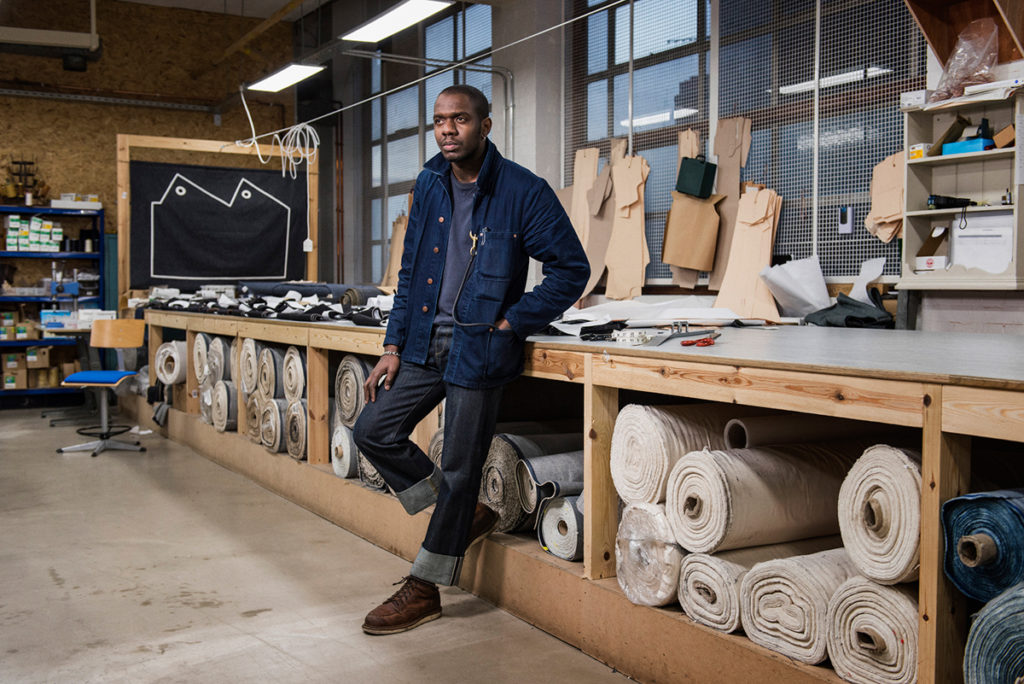
Transparency and Equality Is Important
Whilst not explicitly said, it’s clear that transparency towards customers is important to the folks at Blackhorse Lane.
This transparency translates across to everyone who sews, designs and cuts at Blackhorse Lane, too:
We’re all decision makers here. Every single person who works here gets a say in how we proceed as a company.”
In essence, they always hold their core values accountable when making business decisions. Of course, they still use Japanese fabrics in their garments, but they endeavour to inform their customers of the reality of the added shipping that fabric accrues in getting from cotton to jean.
My conversation with Han and David has been insightful. In an industry that is saturated with brands that all promote perfection and quality in their garments, Blackhorse Lane is certainly beginning to stand out.
To put it plainly, it’s not only the sartorial details they put on the inside of their jeans that makes this brand different from the rest. Moreover, it is the sense of community they have fostered within their workshop, the time and effort that goes into every jean that gives their jeans a tactile difference to their garment.
Get More Denim Stories–Sign Up NOW!
If you liked this article, and if you want more like it, sign up for the FREE Denimhunters newsletter below.
Share


